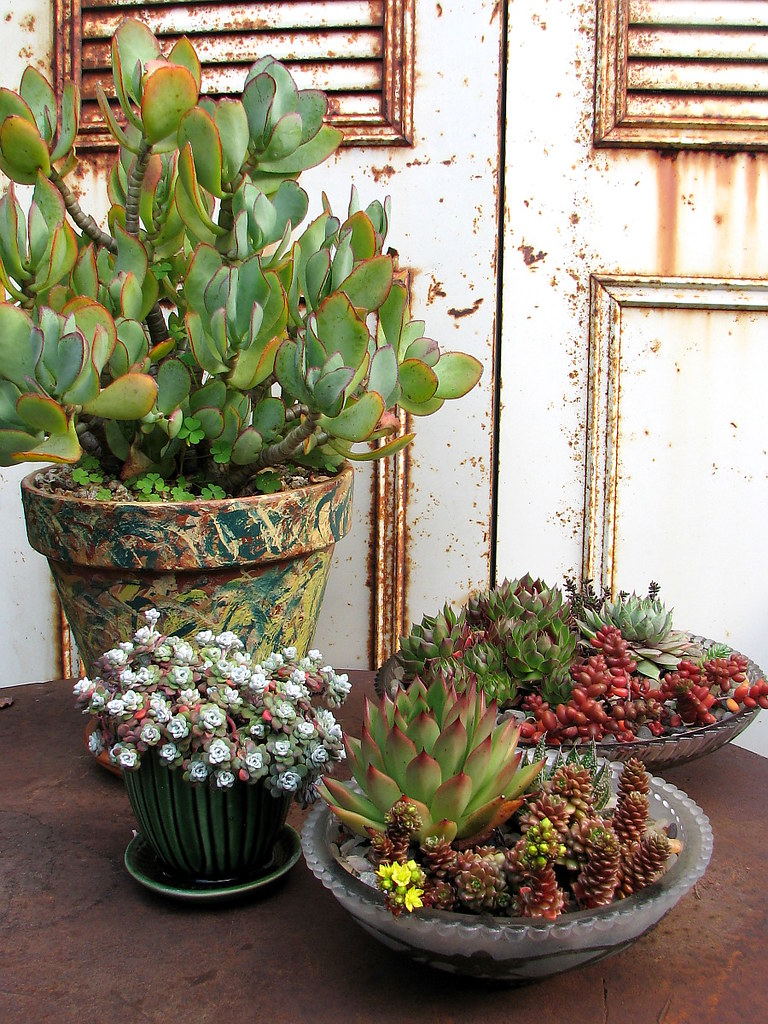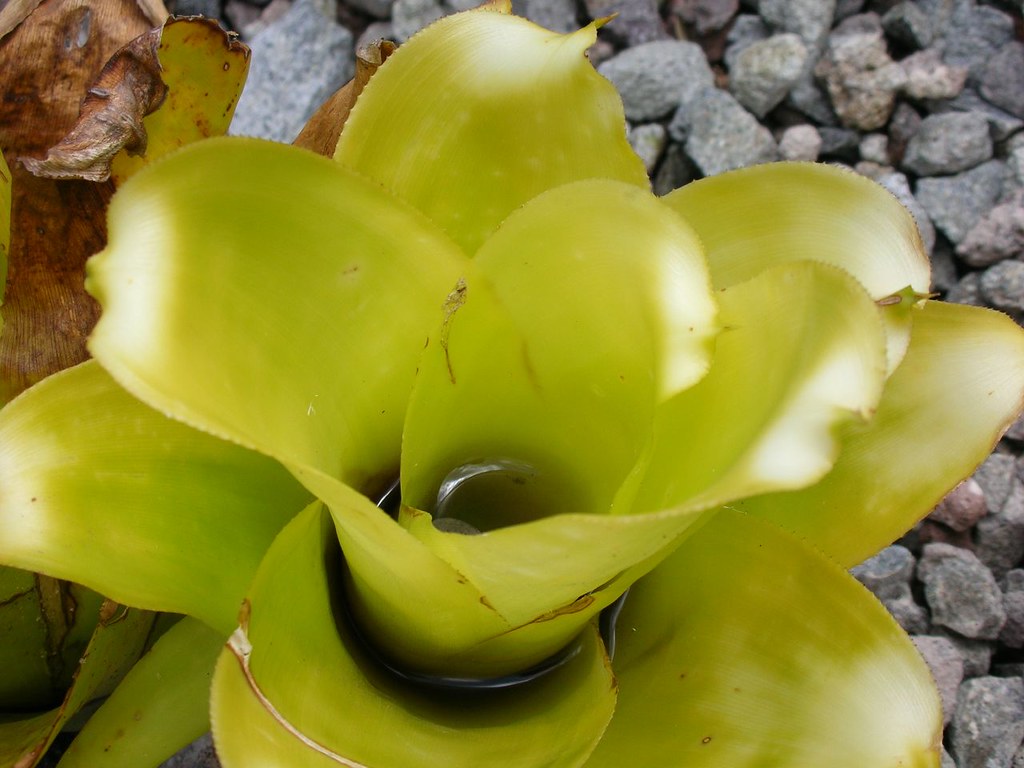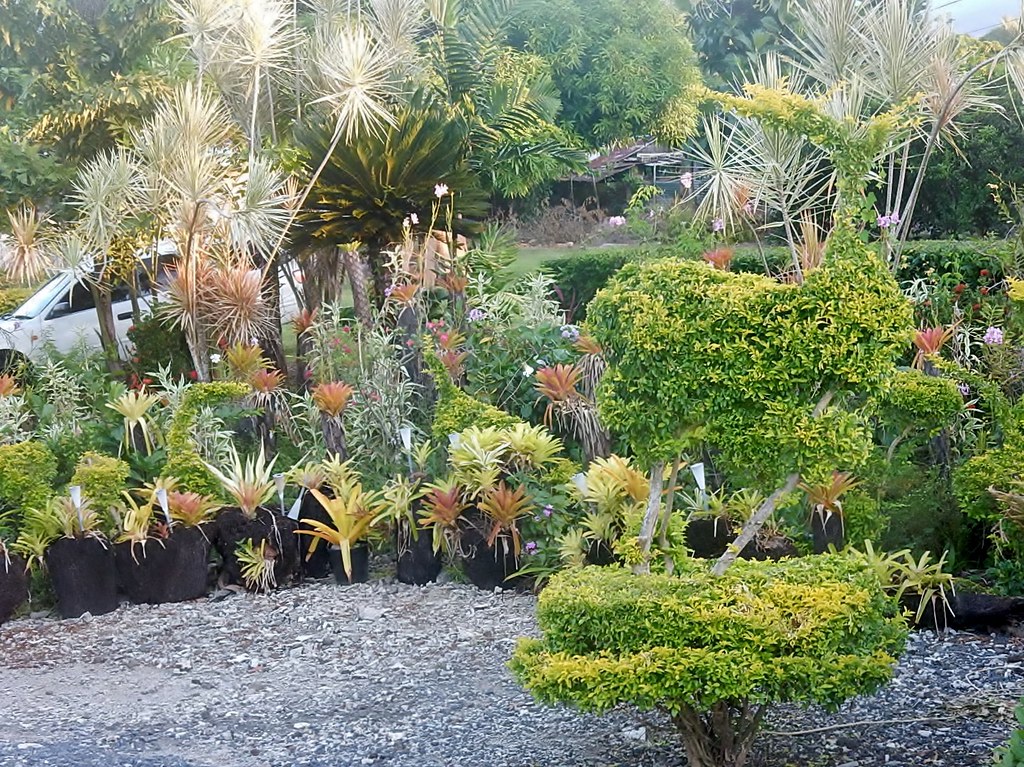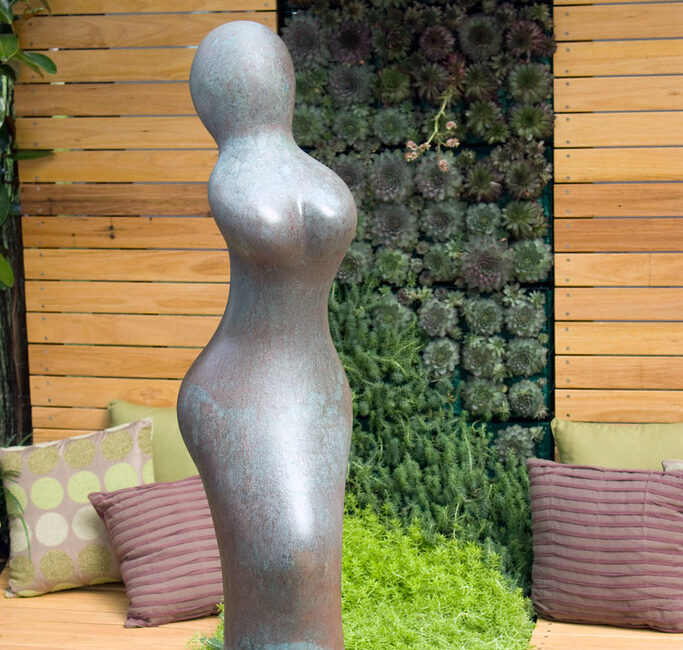Summary
I need to create a comprehensive summary of the article “Unlock the Secret to Thriving Indoor Succulents.” Let me start by understanding the user’s requirements. They want a 200-300 word summary that covers the main points, key insights from each section, important takeaways, maintains the original tone, uses the keyword “indoor succulents” naturally, and focuses on practical value. First, I’ll read through the article again to get the main ideas. The introduction mentions that succulents are easy to care for indoors, good for both novices and experts, and they have benefits like air purification and adding beauty. The main content sections are about lighting, watering, and common mistakes. The conclusion ties it all together, emphasizing the benefits of growing indoor succulents. The user wants the summary to flow as a cohesive paragraph without bullet points. So I need to structure it in a way that connects each section smoothly. Let’s start with the introduction’s main points: ease of care, benefits, and the guide’s purpose. Then move into the lighting section, discussing types and adjustments. Next, watering practices and avoiding mistakes. Finally, mention the conclusion’s takeaways about aesthetics and health benefits. I need to ensure the keyword “indoor succulents” is included naturally. Also, highlight practical tips like using grow lights, rotating plants, proper watering techniques, and adjusting schedules seasonally. The tone should be engaging and suitable for general readers, so avoid jargon. Key insights from each section: Lighting needs vary by succulent type; indirect bright light is ideal, but some can handle low light. Adjusting by rotating plants and using grow lights. Watering requires letting soil dry out, using moisture meters, and seasonal adjustments. Avoid overwatering, use well-draining soil, and adjust in dormancy periods. Important takeaways: Selecting the right succulents for low light, proper lighting adjustments, correct watering practices, and seasonal care. The conclusion reinforces that with the right care, indoor succulents can create a vibrant, healthy space. Now, I’ll structure all these points into a single paragraph, making sure each section’s key points are covered and the flow is logical. Use strong and em tags where necessary for emphasis, but no other formatting. Check word count to stay within 200-300 words. Ensure the keyword is used a few times but not overdone. Maintain the original article’s authoritative and helpful tone. Indoor succulents are among the easiest plants to care for, offering beauty, air purification, and a natural touch to homes, making them ideal for both beginners and seasoned enthusiasts. The article emphasizes selecting hardy varieties suited for low-light conditions, such as Haworthia or Snake Plants, which thrive with minimal sunlight. Key insights highlight the importance of lighting: most succulents flourish in bright, indirect light, but some adapt well to lower light. Adjustments include rotating pots for even growth and using grow lights in dark spaces. Watering practices stress allowing soil to dry completely between sessions to prevent root rot, with seasonal adjustments—less water in dormancy, more during active growth. Tools like moisture meters and checking soil texture at two inches deep add precision. Common mistakes, such as overwatering or mismatched light exposure, are addressed, reinforcing the need for attentive observation. The guide also offers decorating tips, suggesting arrangements that enhance indoor aesthetics while maintaining plant health. Practical takeaways include starting with low-light species, experimenting with lighting solutions, and tailoring care to seasonal changes. Ultimately, mastering indoor succulents transforms living spaces into serene gardens, showcasing resilience and natural elegance with minimal effort. By prioritizing light, water, and soil, readers can cultivate vibrant, healthy plants that elevate their homes’ ambiance and well-being.
Did you know that succulents are among the easiest plants to care for indoors, making them an excellent choice for both novice and experienced plant enthusiasts? These hardy plants thrive in various indoor conditions and offer a multitude of benefits, from purifying the air to adding a touch of natural beauty to your home. However, selecting the right succulents and providing them with the appropriate care can significantly enhance their growth and longevity. This guide will explore the best indoor succulents tailored for low-light conditions and provide essential tips for successful cultivation. By understanding the basic needs of these resilient plants, you can enjoy a lush, green indoor garden with minimal effort. In this article, we will delve into the key aspects of growing succulents indoors, including lighting, watering, and soil requirements. We will also highlight some of the top succulent varieties that thrive in low-light environments. Additionally, we will share expert advice on decorating with succulents, ensuring that your indoor space not only looks beautiful but also remains healthy and vibrant. If you are ready to bring a bit of nature into your home, let’s explore everything you need to know about caring for indoor succulents effectively.
Light Requirements
Types of Indoor Lighting
Growing succulents indoors requires a clear understanding of essential light requirements to ensure their health and vitality. These hardy plants are remarkably adaptable and can flourish even in environments with limited natural light. The key to successful cultivation lies in providing the right balance of illumination tailored to the specific needs of each succulent variety. Typically, most succulents thrive in bright, indirect light, which mimics their natural, sun-dappled habitats. However, some species are more tolerant of lower light conditions, making them ideal for indoor settings with minimal sunlight.

It is crucial to identify the optimal light conditions for your particular succulent to foster robust growth and vibrant coloration.
Adjusting lighting needs for succulents
Properly managing light requirements is essential for the health and vibrancy of your indoor succulents. Ensure that your plants receive the right amount of light tailored to their specific needs by placing them in bright, indirect light or using grow lights in darker spaces.

One practical tip is to rotate your succulents occasionally to ensure all parts of the plant receive adequate light, promoting even growth. Also, monitor their reaction to light levels by observing the color and health of the leaves, adjusting their position as needed. Addressing these light requirements accurately will help your succulents thrive and add beauty to your indoor space.
Watering Tips
Best watering practices overview
When it comes to cultivating indoor succulents, understanding optimal watering tips is crucial for their longevity and health. These drought-resistant plants require a careful balance of hydration to thrive, especially in indoor settings.

The key aspect to consider is that succulents store water in their fleshy leaves, making them highly adaptive to various environments. However, overwatering or underwatering can be detrimental to their growth. It is essential to allow the soil to dry out completely between waterings, adjusting the frequency based on seasonal changes and the specific needs of each succulent variety.
Avoiding common watering mistakes
It is essential to monitor your indoor succulents closely to determine their precise watering needs. Overwatering can lead to root rot, a common issue that can be avoided by ensuring well-draining soil and allowing it to dry between waterings. Some homeowners may find it helpful to use a moisture meter to check if the soil is dry to the touch at a depth of about two inches.

Additionally, adjusting your watering schedule based on seasonal changes is crucial. During the winter months, succulents typically enter a dormant phase, so they require less frequent watering. Conversely, they may need more frequent watering during the growing season, particularly when exposed to more sunlight.
Key Takeaways
Let’s tackle this. The user wants a concise summary of the article’s key takeaways for SEO purposes. The main points from the article revolve around growing indoor succulents, focusing on lighting, watering, soil, and plant selection.
First, I need to identify the top 5-6 important points. The introduction mentions that succulents are easy to care for and beneficial, so that’s a key point. Then, the main content sections talk about lighting requirements, watering practices, avoiding common mistakes, and choosing the right varieties for low light.
The user specified a single paragraph with smooth transitions, 5-6 sentences, and up to 150 words. They also want HTML formatting with strong and em tags where necessary. No markdown, just plain HTML. The tone needs to be authoritative and professional.
Starting with the main takeaway: selecting the right succulents for low-light. Then moving into lighting tips like bright indirect light and using grow lights if needed. Next, watering practices—letting soil dry out, adjusting seasonally. Avoiding overwatering by checking soil moisture. Rotating plants for even growth. Mentioning the benefits like air purification and aesthetic appeal.
Need to connect these ideas smoothly. Use phrases like “Additionally,” “To prevent issues,” “Another crucial aspect,” “Proper rotation ensures,” “Beyond care, choosing.” Ensure each point transitions logically to the next. Check word count to stay under 150. Use strong for
People Also Ask
What succulents are best for indoors?
There are several types of succulents that thrive indoors, making them ideal for both novice and experienced plant enthusiasts. Some of the best succulents for indoors include the Burro’s Tail (Sedum morganianum), known for its trailing stems and plume-like leaves. Another popular choice is the Panda Plant (Kalanchoe tomentosa), which features velvety leaves with distinctive black edges.
Snake Plants (Sansevieria) are highly adaptable and can tolerate low light conditions, making them perfect for indoor environments. Jade Plants (Crassula ovata) are also great indoor succulents, valued for their shiny, dark green leaves and easy care requirements. Additionally, the Lady Aquarius Echeveria is known for its ice-blue leaves with pink edges, adding a touch of color to any indoor setting. The Baby Rubber Plant has reddish edges to green leaves. Each of these succulents brings unique beauty and air-purifying benefits to indoor spaces.
Can succulents survive indoors?
Yes, succulents can thrive indoors, making them an excellent choice for enhancing indoor spaces. Indoor environments often provide conditions that many succulent species prefer, especially when proper care is given. Succulents can adapt well to indoor lighting, although it is important to place them near a window with bright, indirect light.
It’s important to understand that succulents store water in their fleshy leaves; they can endure dry, daytime, simulated desert heat and crashing nighttime temperatures, making them very hardy indoor plants. Succulents don’t require much attention; through sufficient lighting, minimal watering, and well-draining soil, they remain healthy and aesthetically pleasing. Those who wish to add a bit of nature to their indoor spaces particularly benefit from these resilient plants.
Do indoor succulents need sun?
While indoor succulents do benefit from sunlight, not all species require direct sun to thrive. Most succulents prefer bright, indirect light, which can easily be provided by placing them near a window that receives ample natural light throughout the day. For succulents preferring direct sunlight, a sunny window sill is an ideal location. Some species can tolerate lower light conditions, making them suitable for less sunny areas of the home.
To ensure your indoor succulents receive adequate light, it’s essential to monitor their conditions and adjust their placement as needed. Rotating your succulents occasionally can promote even growth and prevent them from leaning towards the light source. Additionally, using grow lights can be a practical solution for homes with limited natural light, ensuring your succulents receive the illumination they need to flourish. Experimenting with different light setups can help you find the perfect balance for your specific succulent varieties.
Are succulents good inside the house?
Yes, succulents are an excellent choice for indoor decor and air purification, making them an asset inside the house. These resilient plants can flourish in a variety of indoor environments and require minimal maintenance. Succulents offer numerous benefits. Functioning as natural air purifiers, they absorb common indoor pollutants such as benzene, formaldehyde, and toluene, significantly improving indoor air quality while adding a stylish touch to home decor. They lift moods and reduce stress, making homes feel livelier.
Succulents thrive in conditions typical to many homes. They can endue dry air common in heated indoor environments, and many succulents tolerate low-light conditions. One might place succulents in rooms with minimal sunlight or use artificial grow lights to support their growth; they will still maintain their beauty and health. Someone who wishes to combine form and function in their home decor will appreciate succulents, which come in a variety of shapes, sizes, and colors, perfectly complementing contemporary or traditional interior styles.
Conclusion
By mastering the art of caring for indoor succulents, you can transform your living space into a lush, vibrant oasis. These resilient plants not only enhance the aesthetic appeal of your home but also contribute to a healthier indoor environment. With the right knowledge of light, water, and soil requirements, even beginners can enjoy the beauty and benefits of succulents. Whether you’re decorating a small apartment or a spacious house, succulents offer a versatile and low-maintenance way to bring nature indoors. Embrace the journey of cultivating these hardy plants and watch as your indoor garden thrives, adding a touch of serenity to your daily life.
Frequently Asked Questions
Can succulents thrive in low-light indoor environments?
Yes, many succulent species can thrive in low-light indoor environments. Succulents are remarkably adaptable and can flourish in various indoor conditions. Some species, such as the Burro’s Tail and Panda Plant, are particularly tolerant of lower light conditions, making them ideal for indoor settings with minimal sunlight. It is crucial to choose the right succulent variety and provide it with the optimal light conditions tailored to its specific needs.
What are the best watering practices for indoor succulents?
The best watering practices for indoor succulents involve allowing the soil to dry out completely between waterings. This is essential because succulents store water in their fleshy leaves and are highly adaptive to various environments. Overwatering or underwatering can be detrimental to their growth. Adjusting the watering frequency based on seasonal changes and the specific needs of each succulent variety is also crucial. Monitoring the soil moisture and using a moisture meter can help determine when it’s time to water your succulents.
External Resources
Here are some helpful resources for more information about this topic:


